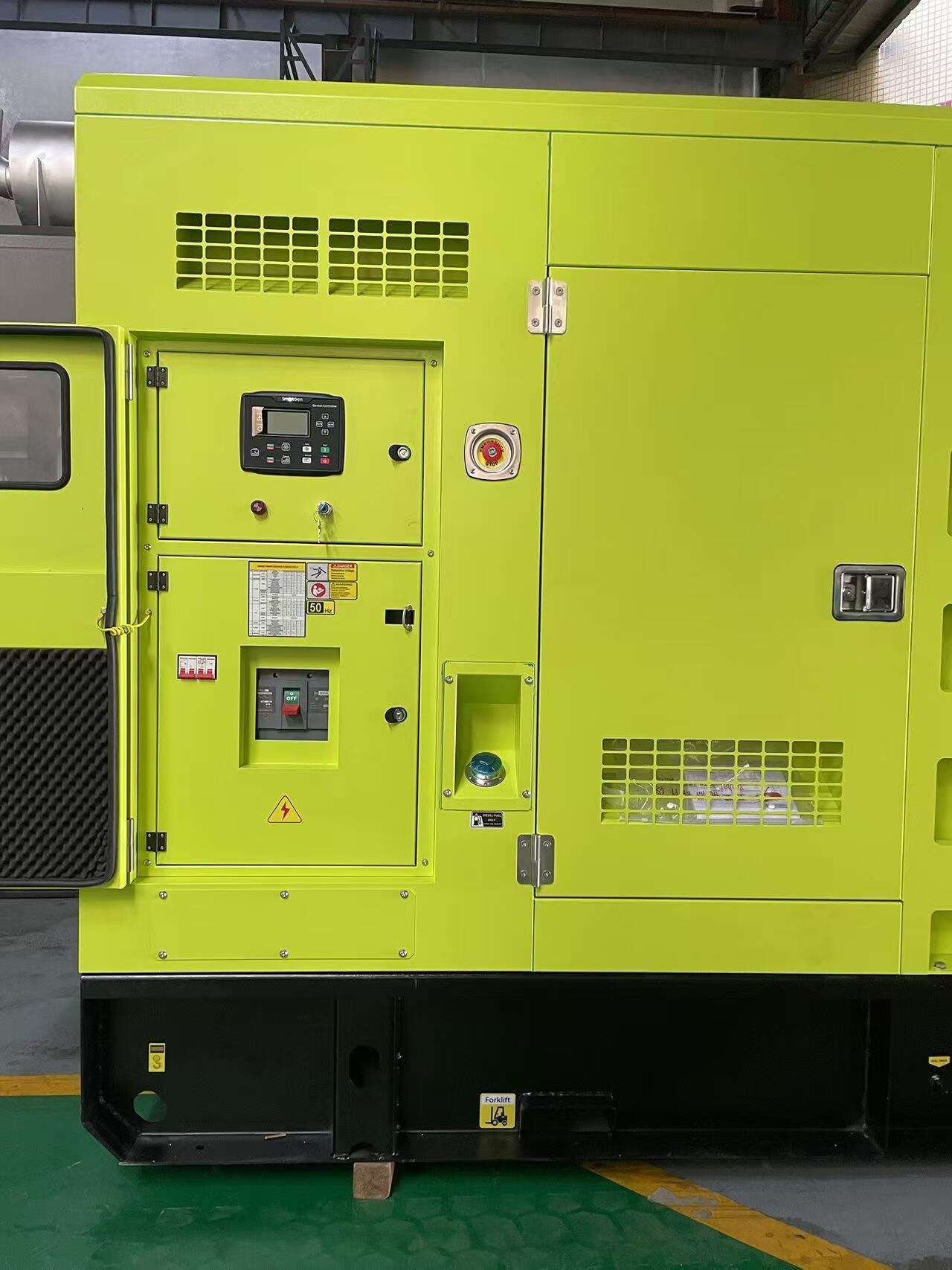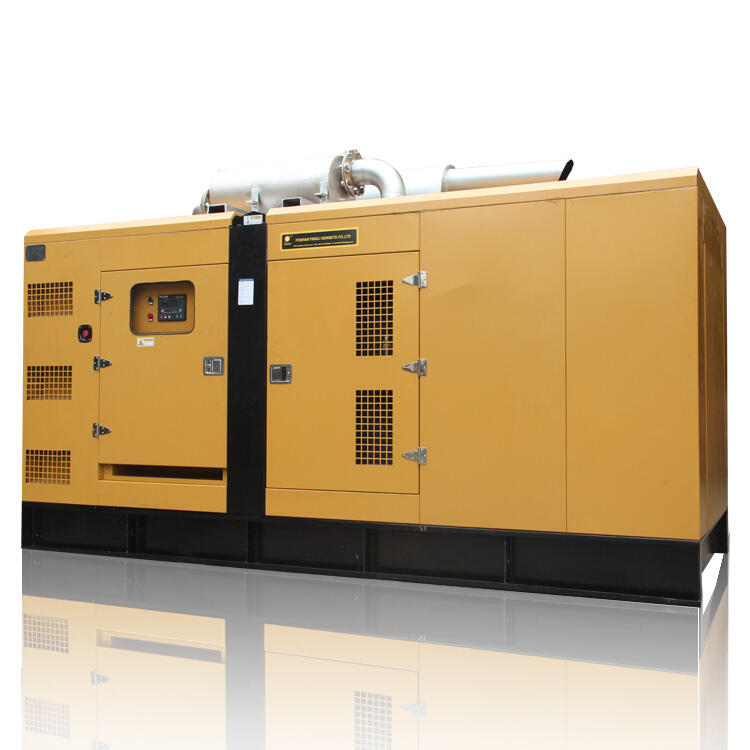Understanding Modern Power Generation Solutions
The quest for reliable power generation has become increasingly important in our energy-dependent world. Whether you're looking to secure backup power for your home or seeking sustainable energy solutions for remote locations, choosing the right power generator system can significantly impact both your energy independence and operating costs. Today's market offers two distinct paths: traditional power generator systems and solar-powered alternatives, each with unique advantages and considerations.
The evolution of power generation technology has brought us to a fascinating crossroads where conventional fuel-based systems compete with renewable solar solutions. This comprehensive guide will help you navigate the complex decision-making process, examining crucial factors like initial investment, long-term costs, environmental impact, and practical applications of both options.
Traditional Power Generator Systems
Fuel-Based Operation and Performance
Traditional power generator systems rely on fossil fuels such as gasoline, diesel, or propane to produce electricity through combustion. These systems have been the backbone of backup power solutions for decades, offering immediate and consistent power output. The typical power generator in this category can produce anywhere from 2,000 to 20,000 watts, making them suitable for various applications from home backup to construction site power supply.
One of the key advantages of conventional generators is their ability to provide instant, reliable power regardless of weather conditions or time of day. They can run continuously as long as fuel is available, making them particularly valuable during extended power outages or in remote locations where consistent power is essential.
Maintenance and Operating Costs
Operating a traditional power generator involves regular maintenance and ongoing fuel costs. Routine maintenance typically includes oil changes, filter replacements, and periodic inspections of key components. These systems require careful attention to fuel storage and regular testing to ensure reliability when needed.
The cost structure of traditional generators includes both initial purchase price and long-term operating expenses. Fuel consumption varies based on load and generator size, but users can expect to refill fuel tanks regularly during extended use. While the initial investment might be lower compared to solar systems, the cumulative cost of fuel and maintenance over time can be substantial.

Solar Power Generation Solutions
Photovoltaic Technology and Energy Storage
Solar power generators harness energy from the sun through photovoltaic panels, converting sunlight directly into electrical power. Modern solar systems incorporate advanced battery storage technology, allowing users to store energy for use during nighttime or cloudy conditions. The technology has evolved significantly, with today's systems offering improved efficiency and reliability.
The heart of a solar power generator system lies in its energy conversion and storage capabilities. High-capacity lithium-ion batteries have revolutionized solar power storage, providing longer-lasting and more efficient energy retention compared to traditional lead-acid batteries. This advancement has made solar generators increasingly practical for everyday use.
Environmental Benefits and Sustainability
Solar power generators represent a clean, renewable energy solution that produces zero emissions during operation. This environmental advantage has become increasingly important as communities and individuals seek to reduce their carbon footprint. The silent operation of solar systems also makes them ideal for residential areas and noise-sensitive environments.
The sustainability aspect extends beyond environmental considerations to include economic benefits. While the initial investment in solar technology may be higher, the elimination of fuel costs and reduced maintenance requirements can lead to significant long-term savings. Solar systems typically have longer operational lifespans with fewer moving parts to maintain or replace.
Comparative Analysis and Decision Factors
Initial Investment Considerations
The upfront cost structure differs significantly between traditional and solar power generators. Traditional systems generally require a lower initial investment but incur ongoing fuel and maintenance costs. Solar generators typically demand a higher upfront investment but offer minimal operational costs over their lifetime.
When evaluating initial costs, it's essential to consider available incentives and rebates for renewable energy systems. Many regions offer tax benefits or installation subsidies for solar power equipment, which can help offset the higher initial investment.
Long-term Cost Analysis
A comprehensive cost analysis must consider the total ownership expense over the system's lifetime. Traditional power generators require regular fuel purchases, maintenance services, and potential part replacements. Solar systems, while initially more expensive, typically need minimal maintenance and no fuel costs, potentially offering better long-term value.
The break-even point between solar and traditional systems varies based on usage patterns and local fuel costs. Heavy users may find solar systems more economical over time, while occasional backup power users might benefit from traditional generators' lower initial cost.
Frequently Asked Questions
How long do solar power generators typically last compared to traditional generators?
Solar power generators generally have a longer lifespan, with photovoltaic panels lasting 20-25 years and batteries needing replacement every 5-10 years. Traditional power generators typically last 10-15 years with proper maintenance, though heavy use may reduce this timeframe.
What size power generator do I need for home backup?
For home backup, calculate your essential power needs by adding the wattage of critical appliances and devices. Most homes require between 5,000 and 7,500 watts for basic backup power. Solar systems can be scaled with additional panels and batteries, while traditional generators must be sized appropriately from the start.
Can solar generators work during extended cloudy periods?
Yes, solar generators can function during cloudy periods through stored energy in their battery systems. However, their charging capability is reduced in low-light conditions. Modern solar systems often include multiple charging options, including AC power, as a backup to ensure continuous power availability.

